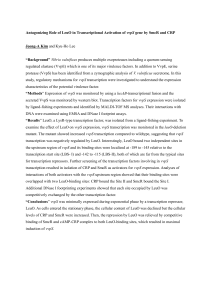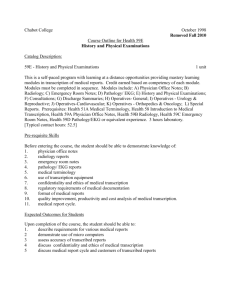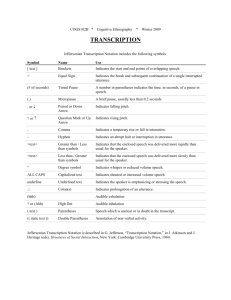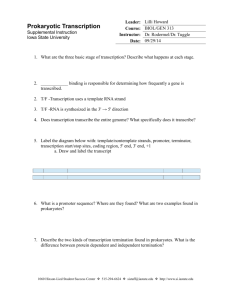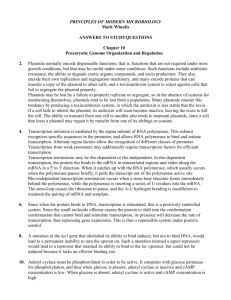Timing Control of Cell Migration in C. elegans Abstract
advertisement
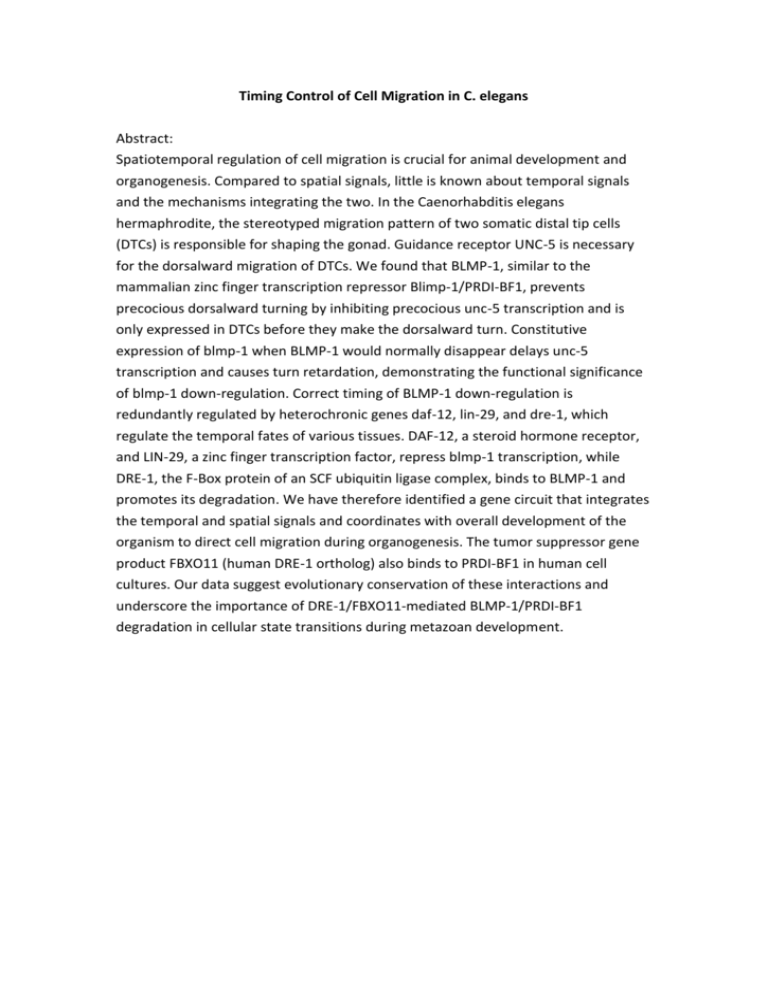
Timing Control of Cell Migration in C. elegans Abstract: Spatiotemporal regulation of cell migration is crucial for animal development and organogenesis. Compared to spatial signals, little is known about temporal signals and the mechanisms integrating the two. In the Caenorhabditis elegans hermaphrodite, the stereotyped migration pattern of two somatic distal tip cells (DTCs) is responsible for shaping the gonad. Guidance receptor UNC-5 is necessary for the dorsalward migration of DTCs. We found that BLMP-1, similar to the mammalian zinc finger transcription repressor Blimp-1/PRDI-BF1, prevents precocious dorsalward turning by inhibiting precocious unc-5 transcription and is only expressed in DTCs before they make the dorsalward turn. Constitutive expression of blmp-1 when BLMP-1 would normally disappear delays unc-5 transcription and causes turn retardation, demonstrating the functional significance of blmp-1 down-regulation. Correct timing of BLMP-1 down-regulation is redundantly regulated by heterochronic genes daf-12, lin-29, and dre-1, which regulate the temporal fates of various tissues. DAF-12, a steroid hormone receptor, and LIN-29, a zinc finger transcription factor, repress blmp-1 transcription, while DRE-1, the F-Box protein of an SCF ubiquitin ligase complex, binds to BLMP-1 and promotes its degradation. We have therefore identified a gene circuit that integrates the temporal and spatial signals and coordinates with overall development of the organism to direct cell migration during organogenesis. The tumor suppressor gene product FBXO11 (human DRE-1 ortholog) also binds to PRDI-BF1 in human cell cultures. Our data suggest evolutionary conservation of these interactions and underscore the importance of DRE-1/FBXO11-mediated BLMP-1/PRDI-BF1 degradation in cellular state transitions during metazoan development.






